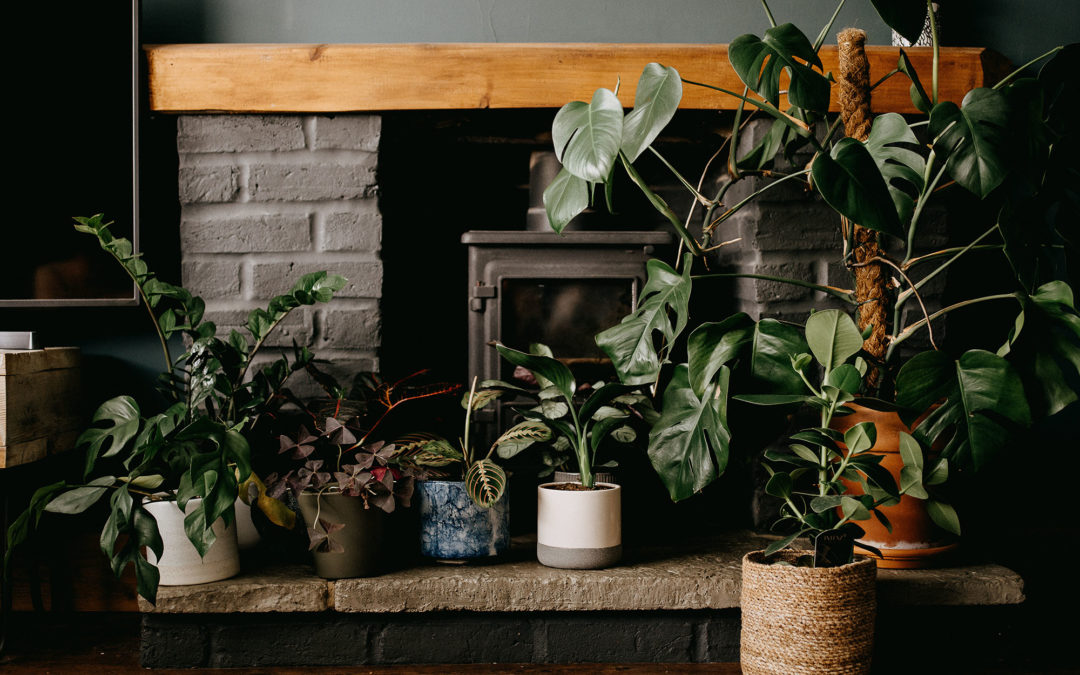Did you know that indoor air quality can be 2 to 5 times more polluted than outdoor air? For most people, indoor living spaces offer protection from environmental pollution. However, the Environmental Protection Agency (EPA) now says indoor air can contain multiple pollutants such as carbon monoxide, radon, volatile organic compounds (VOCs), biological pollutants, and others.
These pollutants pose health risks that range from lung and skin cancers, respiratory diseases, skin diseases and others. As a home owner, improving indoor air quality (IAQ) should be a top priority. This article looks at ways to improve indoor air to protect the occupants.
Tips to improve Indoor air quality
 Good Ventilation
Good Ventilation
An HVAC system is critical to improving the comfort levels in your home. The ventilation component in the system ensures clean air flows throughout the house and helps transfer the air in the house outside. A properly sized ventilation system suits the needs of your house.
Other ventilation practices that improve air quality include opening windows and doors when the weather allows and using a kitchen or bathroom fan.
Regulate Humidity Levels
The high indoor humidity level is a big risk to your family’s health. High humidity creates ideal conditions for the growth of allergens such as mold, dust mites, fungi and bacteria which can cause increased respiratory complications.
Bathroom and kitchen fans can reduce humidity levels in these areas, while a dehumidifier in the basement can help monitor and regulate humidity levels.
No Smoking Policy
Second hand smoke is one of the major indoor pollutants cited by the EPA and it falls under the Group-A carcinogens. The EPA says there’s no risk-free exposure to environmental tobacco smoke (ETS) which means anyone who inhales the smoke contact with it is at risk of lung cancer.
Other health risks associated with ETS include cardiovascular disease, sudden infant death syndrome, asthma attacks, ear infections, and respiratory infections. With a no smoking policy inside your home, you protect everyone from the thousands of chemicals found in cigarette smoke.
Clean Flooring
Flooring carries many pollutants depending on the type of material. From carpets, wood flows to engineered floor systems, there’s a risk of VOCs emissions, dander, dirt, and dust on the floor. Regular cleaning and vacuuming of your floors eliminates these pollutants.
In most cases, the pollutants rise and hang in the air where anyone can inhale them. Cleaner floors not only look good but also help improve indoor air quality. When you clean the floors, avoid use of abrasive chemicals or detergents that introduce other pollutants indoors.
Use Indoor Plants
Indoor plants can make a remarkable impact on your living space. Not only do they add to the aesthetics but they also help remove pollutants from the air, including carbon dioxide, benzene and nitrogen dioxide.
The plants release oxygen, which is critical for your optimal body function. Indoor plants also make you feel better, reduce stress levels and boost productivity
Final Thoughts
Your home is a sanctuary and should offer you comfort and protection. With these tips, you can improve indoor air quality to make the indoor spaces comfier and healthier.


 Good Ventilation
Good Ventilation